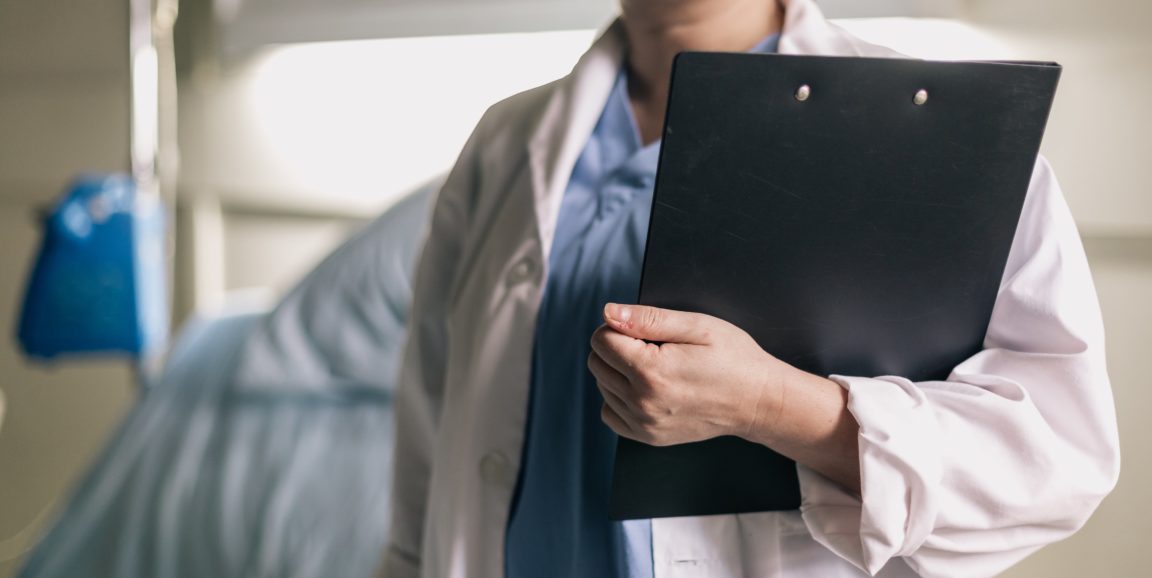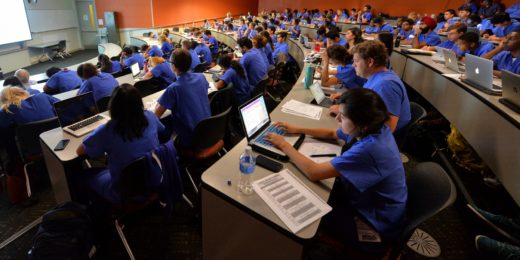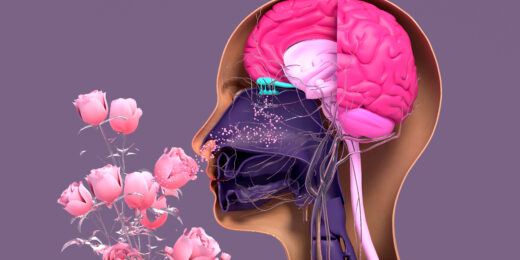Someone called out to me as I walked briskly down the fifth-floor corridor of the hospital, dressed up in my slacks, white coat, stethoscope and sensible shoes.
"Hi, doctor," said the staff member sitting at the unit's front desk.
"Hi." I smiled sheepishly, pausing. "I'm Lauren, I'm a student. I'm not a doctor."
The woman shook her head: "Yeah, honey you look eighteen."
"Thanks," I said. "That anti-wrinkle cream is working." We laughed together.
Throughout last year, my first year of medical school, I struggled with imposter syndrome -- a sense that I don't belong here. When I mentioned this feeling to a mentor of mine, he said, "Students see physicians as 'they' for a while, but there's a turning point when you'll feel like you belong, and 'they' becomes 'we.'"
As students, we spent months in clinical training last year, learning the motions. We practiced skills on people we called "normal and healthy patients" -- actors who performed clinical scenarios with us.
For me, learning clinical skills often felt like scenes from the movie The Polar Express in which the conductor points to Santa's sleigh, and only children who believe can hear the sleigh bells ring. In our classes, physicians tapped fingers on patients' ribs and asked our huddle of students if we believed -- "I can hear the liver, can you?"
Most of the time, I narrowed my eyes and nodded.
By the time I finished my first year, I'd probably poked and jabbed upwards of 30 people -- friends, family and patient-actors -- trying to feel the liver. It conveniently tucks up and hides under the rib cage when it's "healthy and normal." Otherwise, it might be shrunken or enlarged from disease. I'd better palpate for it, guess its location, and drum against the rib cage to confirm my suspicion.
However, in patients with liver disease, the liver can grow so large that it peeps out below the bottom ribs, sometimes allowing a doctor to feel the liver's edge when the doctor presses into the patient's belly. When this happens -- I was told -- I'll know it.
Fast forward to my first weeks as a second-year medical student. While I was dressed to look like I knew what I was doing, I didn't. The adage "fake it till you make it" never felt truer. In practicum at the hospital, I was assigned to work one-on-one with a physician who watched me stumble my way through interviewing and performing physical exams on generous, willing "real world" patients.
On my first day, I chose to visit a patient with liver disease.
A supervising physician peered over my shoulder, as I performed the physical exam and talked my patient through every step. I asked her to take a deep breath in, while I pressed eight fingertips under her ribs. Her liver did protrude out from under her rib cage, but the sensation was subtle to my amateur fingers. I stood up and exclaimed to the patient, "I think I can feel your liver."
"What do you mean, you think?" said the physician. He promptly took over in order to appraise my exam finding. He laid out his hand over her rib-cage and began the ritual drumming. "That's definitely a liver," he said.
"Oh, certainly," I said, mimicking confidence. Though I heard it, the change from hollow echo to dull thud was slight. Remembering The Polar Express, I repeated to myself, I believe. As in, I believe that I hear her liver. And I believe that one day I'll drum on a patient's ribs and I won't just believe, I'll know. And I believe that one day I'll feel like a real doctor.
Until that day comes, I'm trying to savor the incremental process of becoming more skilled, more confident, more curious, more humble -- and more prepared to replace the word "they" with the word "we."
Stanford Medicine Unplugged is a forum for students to chronicle their experiences in medical school. The student-penned entries appear on Scope once a week during the academic year; the entire blog series can be found in the Stanford Medicine Unplugged category.
Lauren Joseph, LoJo, is a second-year medical student from California. She enjoys reading and writing, and her written work has been featured in STAT News. When she's not studying, you can find her running, enjoying the sun, and laughing with friends and family.
Photo by Shopify Partners






